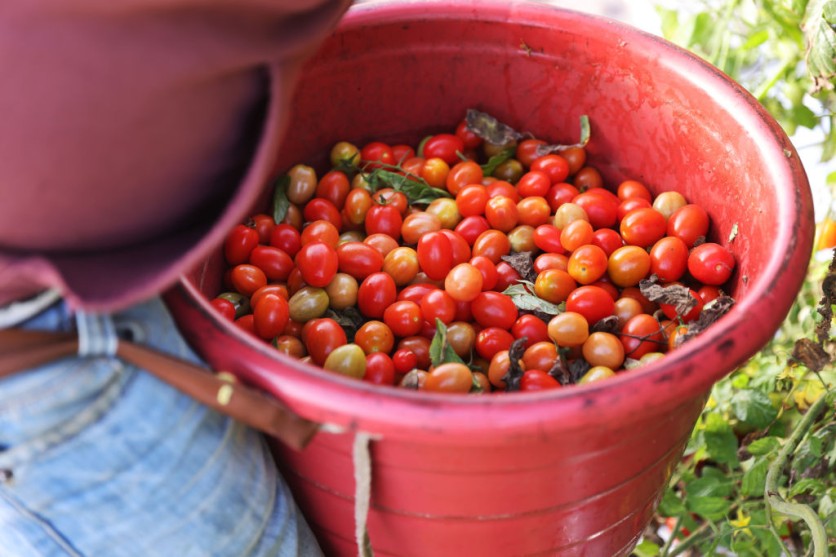In an interesting exploration of AI capabilities, researchers at the Delft University of Technology (TU Delft) and EPFL have collaborated with OpenAI's viral chatbot ChatGPT to tackle a new challenge: designing a robot.

ChatGPT Designs Tomato-Harvesting Robot
Seeking to address humanity's future challenges, the researchers engaged ChatGPT in a conversation. Assistant professor Cosimo Della Santina, PhD student Francesco Stella from TU Delft, and Josie Hughes from EPFL focused on the realm of food supply and, through their dialogue with ChatGPT, arrived at the concept of a tomato-harvesting robot.
Throughout the design process, the researchers found ChatGPT's input to be invaluable. Stella emphasized the significance of ChatGPT's contribution, stating, "ChatGPT extends the designer's knowledge to other areas of expertise."
Notably, the AI platform provided practical suggestions during the implementation phase, such as using silicone or rubber for the gripper to prevent tomato damage and employing a Dynamixel motor for optimal robot control. The result of this collaboration is a robotic arm capable of harvesting tomatoes.
Reflecting on their experience, the researchers describe the cooperative design process as positive and enriching. However, they acknowledge a shift in their role as engineers, with a greater emphasis on technical tasks.
Read Also : Can ChatGPT's Cancer Information Be Trusted? New Study Says It's 97% Accurate-But, Here's the Catch
AI as Primary Contributor
In their exploration of human and Large Language Models (LLM) collaboration, they consider scenarios where AI becomes the primary contributor, and humans fulfill the role of specifying design objectives.
However, cautionary notes still emerge regarding the potential risks associated with overreliance on LLMs. Della Santina raised concerns about misinformation and bias, emphasizing the need to verify and validate LLM output.
"In fact, LLM output can be misleading if it is not verified or validated. AI bots are designed to generate the 'most probable' answer to a question, so there is a risk of misinformation and bias in the robotic field," Della Santina said in a statement.
But despite this, Della Santina, Stella, and Hughes plan to continue their research on robotics, utilizing the tomato-harvesting robot as a tool. They also intend to delve deeper into LLMs to develop new robot designs, specifically exploring the autonomy of AIs in shaping their own physical structures.
As they navigate these uncharted territories, Stella ponders the future of their field and the balance between LLM assistance and the indispensable creativity and innovation required for robotics to meet the challenges of the 21st century. The team's findings were recently published in the journal of Nature Machine Intelligence.
Related Article : Microsoft Store to Bring AI Tab Featuring All Apps with It, AI-Generated Reviews to Summarize Insights

![Apple Watch Series 10 [GPS 42mm]](https://d.techtimes.com/en/full/453899/apple-watch-series-10-gps-42mm.jpg?w=184&h=103&f=9fb3c2ea2db928c663d1d2eadbcb3e52)



